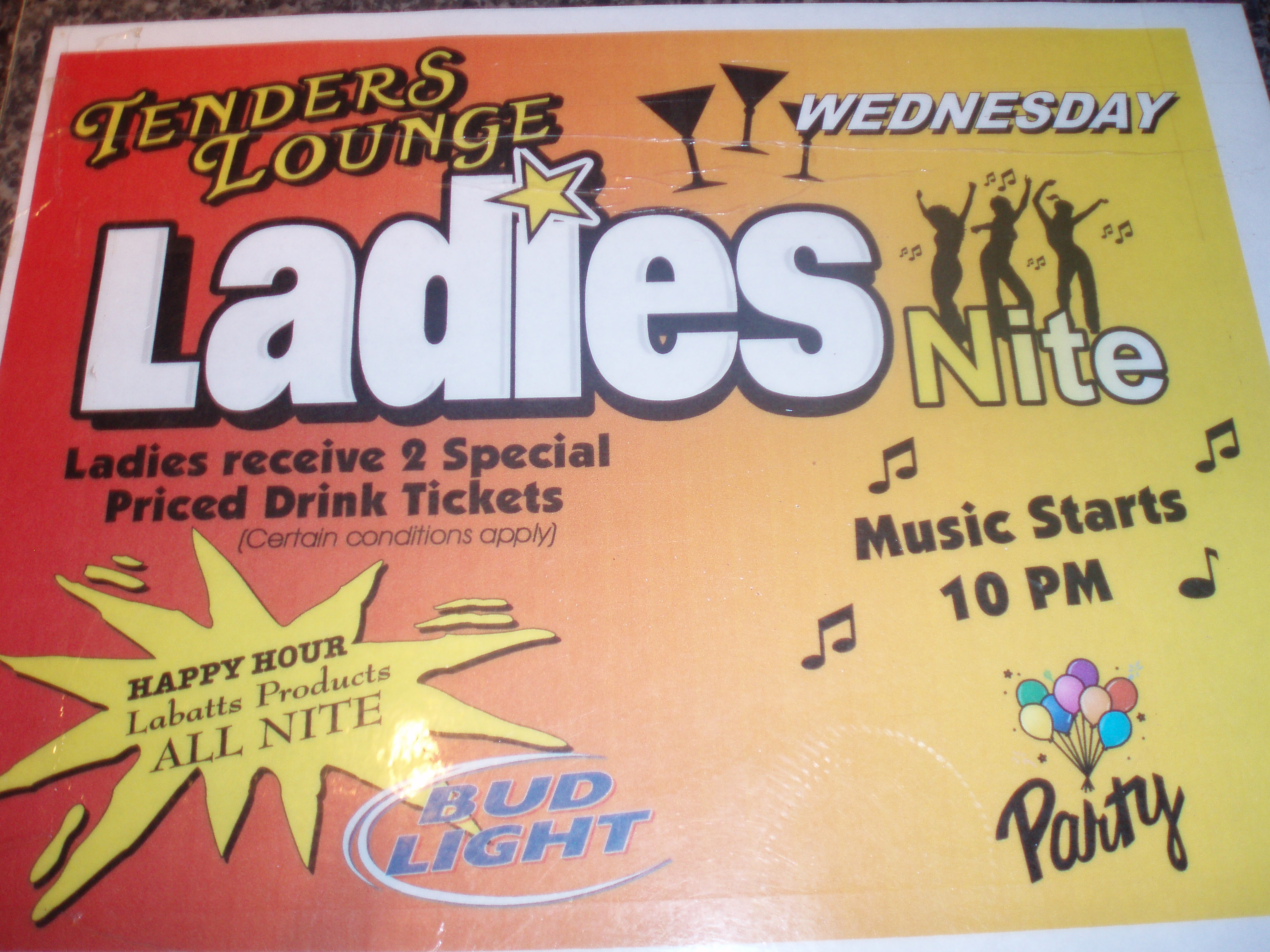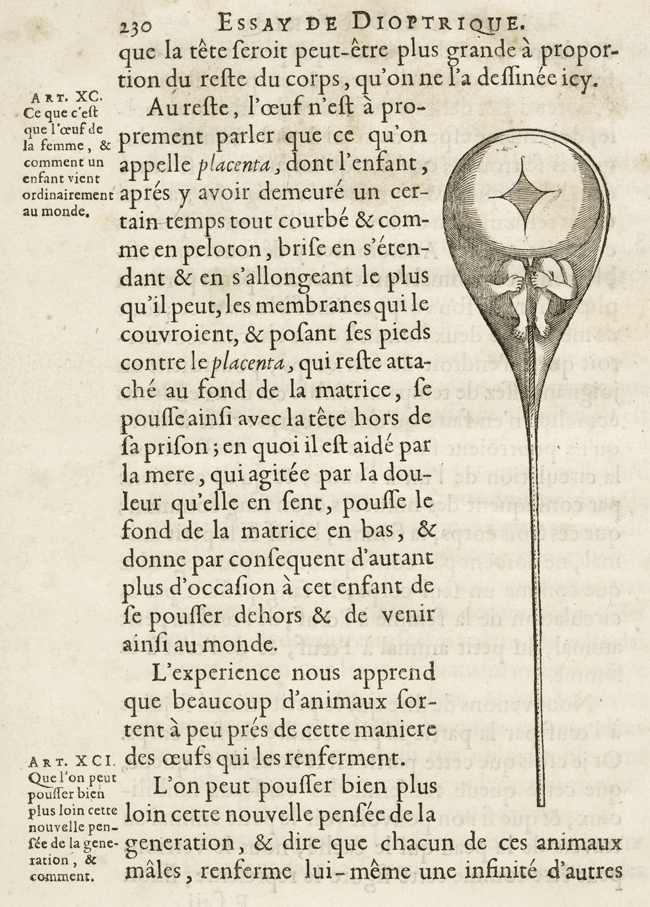NEW FEATURE!
We crafted four sample class assignments using Sociological Images. One for a lower-division class and three for an upper-division class. Check them out here.
By the way, if you have crafted assignments using our blog, we’d love to publish them here! Please send them along! Email us at socimages@thesocietypages.org.
AND BACK TO THE OL’ BEHIND YOUR BACK:
A series of toys by Playmobil, sent in by Kirsten D., were added to our post illustrating what it means to be a neutral versus a marked social group. See it here.
We add another beer commerical to the three we posted trivializing love, sex, and relationships in favor of beer. This one was pointed out in our comments by Pharmacopaeia. Thanks!
Daniel B. sent in a picture of the Spanish women’s Olympic basketball team in the infamous “slant-eyed” pose (meant to make them look, um, Chinese) and we added it to this post that showed the Spanish men’s team in the same pose. We added another image he found of the Spanish tennis team in that same pose to this post showing the Argentine women’s soccer team doing it too. Then we sat around and scratched our heads and wondered if every Olympic team felt the need to pose like that before leaving for Beijing.
We added a Budweiser ad in which foaming surf on the beach forms a phallus pointing to a bikini-clad woman’s crotch to our post on “subliminal” sex in ads. (Somehow a month rarely goes by without a new addition to this particular post!)
We added a Mini Cooper ad that brags about the car’s “carfun footprint” to this post about the commodification of environmentalism. While it would be great if a car’s effect on the environment actually became a major selling point, when you look at the Mini’s gas mileage ratings (which I report in the post), it’s not clear that the “carfun footprint” is much more than a tagline.
We added another commercial, sent in by Corey, to this post about Just for Men’s Touch of Grey line, a product that allows the user to decide how much grey they would like to leave in… something we can’t image a woman’s hair dye company ever offering, since women don’t get to benefit from the “distinguished look.”
We added Paris Hilton’s humorous response to this post about John McCain’s campaign ad that associated Barack Obama with Hilton and Britney Spears in an attempt to portray him as a lightweight with no experience.
Elizabeth sent in a PETA ad that compared slaughtering animals to the beheading of a man on a Canadian bus. We added it to this post about the use of Holocaust imagery in PETA ads and who claims the right to use horrific incidents (both historic and current) in their attempts to frame social issues.
















